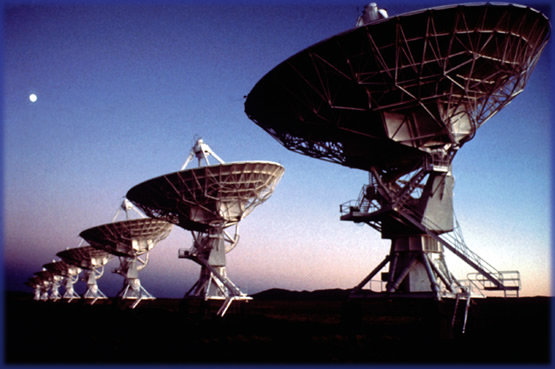IN OUR 2006 chart resource, we're presenting major astrological events for the year and somewhat beyond. The resource has taken months to develop, program and code, and five people have worked on this page alone.
There are many planetary events that are not listed; the resource covers the ones you're likely to hear about or that I'm most likely to write about in Parallel Worlds, Planet Waves or Astrology Secrets Revealed. Please note that certain events leading to 2012 are still available in the Bridge to the Core 2005 chart resource. There is also a small chart selection in aquasphere, the 2004 annual, at this link.
For 2006, most events are presented in four formats. This is designed to appeal to students at all levels of study, and those who want to go a little further. Also, we are proponents of the cause of the minor planets and have gone out of our way to let you know about them.
The "basic" format is a traditional horoscope, including the nine currently accepted planets, the first four asteroids and Chiron. These charts were cast by Sonia Demetriou in Astrolabe's Solar Fire 5, using times from the American Ephemeris by Neil Michelson.
The "asteroid" format includes about 10 additional asteroids and the Trans-Neptunian Points (also called TNPs, Uranians or Witte points, used mainly by Uranian astrologers). These are not physical planets but rather long-period calculated points. These were cast by Sonia Dimitrou in Solar Fire 5 using times from the American Ephemeris.
Note that in these two Solar Fire formats, the only aspects that are displayed in the middle of the wheel are minor aspects. It's easy enough to see a trine or a square without a line through the center of the chart. But it's difficult to see a quintile or septile, and we do need to be reminded that these aspects exist. Therefore, we have displayed aspects in these groups, including biquintile and triseptile; as well as sesquisquare (also called sesquiquadrate) and semi-sextile. In the asteroid version, some magnificent patterns have appeared, and they are entirely on the minor aspect wavelength.
The "minor planets" format in the third column gives a format that includes the major planets, as well as a number of physical planets beyond Pluto (Trans-Neptunian Objects or TNOs, certain Scattered Disk Objects or SDOs, and a number of Centaurs and Centaur-like objects. There is a glyph key on each of these charts. These charts were calculated and cast by Kirsti Melto using Riyal software by Juan A. Revilla. The times in these charts are based on Riyal's calculations and may differ slightly from times in the Solar Fire charts described above.
Each minor planet layout also has an "ephemeris lookup" button. Clicking this button will take you to a list of about 100 objects for each event, including all of the above-mentioned points and many additional asteroids, galactic points such as the Galactic Core and Great Attractor, and others. These are calculated using an open-source program written by Tracy Delaney, accessing the Swiss Ephemeris.
If there is a time discrepancy between charts of the same event, I recommend using either the ephemeris lookup or the Riyal charts as the tiebreaker. However, all times should be the same to within a minute and most differences, if they exist, will the result of rounding, which applies only to the charts cast in Solar Fire.
Note that the ephemeris lookup button can be altered to work with any event, date or time, but it's preset to the event in the related minor planet chart. The ephemeris lookup also has many other functions and a beautiful visual chart display of its own.
The Hague: A Note on the Location
Regarding the location used to calculate the ascendant and houses of the first three formats, I have selected Den Haag (The Hague), in South Holland, The Netherlands. While the choice of any location for a planetary event chart can be arbitrary (generally, one uses the capital of the nation one is situated in, or their personal location), I consider The Hague to be one of the spiritual capitals of the world.
Wikipedia writes, "The Hague is home to over 150 international legal organisations like the Tribunal for the Former Yugoslavia and the International Criminal Court, as a result of its rich legacy in international politics.
"The foundation of The Hague as a 'city of peace and justice' was lain over a hundred years ago, in 1899, when the world's first ever Peace Conference took place in The Hague, followed by a second one in 1907. A direct result of these meetings was the establishment of the first world organisation for the settlement of international disputes: the Permanent Court of Arbitration."
Plus, the light is really beautiful, it's a quiet town, and anything you might need in The Netherlands, such as tulips, you can find in The Hague.

